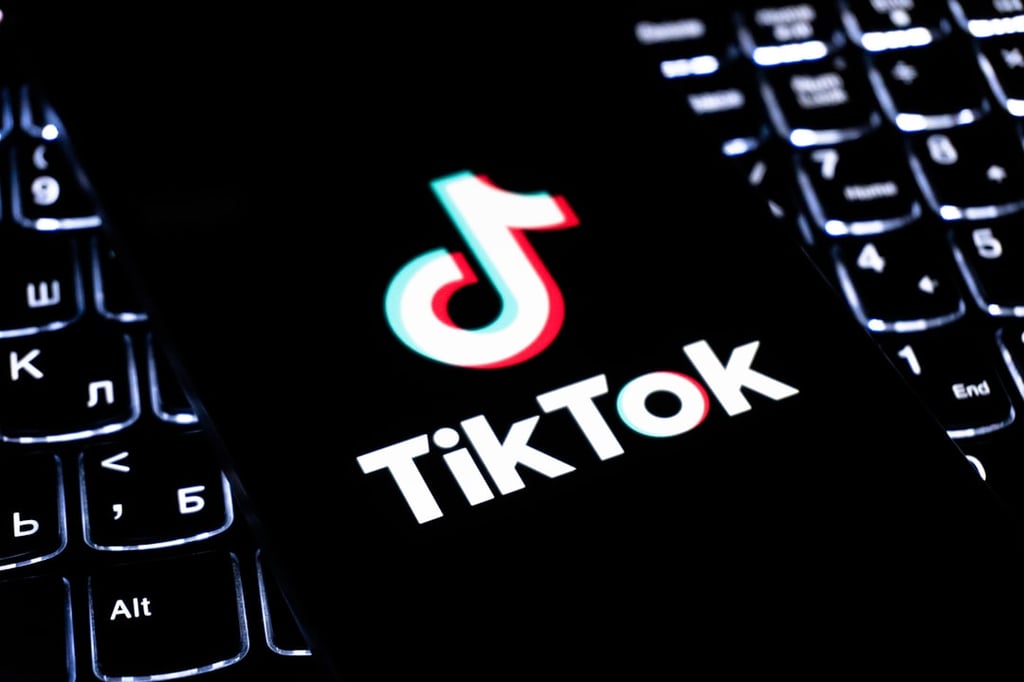Good news for wearable technology vendors. According to a new forecast from Tractica, an IT analyst firm, the worldwide market for enterprise wearable devices will swell to $6.3 billion by 2020. By comparison, Tractica expects the market to reach a relatively modest $218 million this year. Tractica’s estimates are conservative compared to a rosy forecast […]
Datamation content and product recommendations are
editorially independent. We may make money when you click on links
to our partners.
Learn More
Good news for wearable technology vendors.
According to a new forecast from Tractica, an IT analyst firm, the worldwide market for enterprise wearable devices will swell to $6.3 billion by 2020. By comparison, Tractica expects the market to reach a relatively modest $218 million this year.
Tractica’s estimates are conservative compared to a rosy forecast from analyst firm Compass Intelligence. This summer, the company predicted the market for enterprise wearables would reach $8.5 billion in the U.S. alone.
Apple, Samsung and Fitbit are courting tech-savvy consumers with devices that extend apps experiences or track a user’s health, but there are already signs that enterprises are taking a good, hard look at wearables and their potential to improve business outcomes.
“An entire industry is taking shape to provide wearable platforms and integration services for enterprise end-user organizations,” said Tractica research director Aditya Kaul in a statement. “Companies in a variety of sectors are working through challenges related to technology selection, software customization, user experience, reporting capabilities, and integration with existing IT systems.”
Emboldened by the early successes of their pilot programs, enterprises will drive demand for wearables and supporting technology solutions over the next few years. This, in turn, will help create opportunities for vendors that can facilitate adoption in various business contexts, suggests Tractica’s findings.
For example, the research firm expects corporate wellness programs to increase demand for smartwatches and fitness bands. Likewise, Tractica expects wearables to have an impact on mobile workforce management, workplace authentication and workflow improvement, among other business functions and processes.
In April, Tractica predicted that between 2014 and 2020, more than 75 million wearables would make their way into enterprise and industrial environments, sparking a new BYO (bring your own) movement among businesses. Smartwatches will lead the pack, followed by fitness trackers and smart glasses.
“The use of wearables in the enterprise will include devices that are part of the ‘bring your own wearable’ (BYOW) trend, as well as fitness trackers or smart watches provided by employers as part of their corporate wellness programs,” stated Kaul. “Wearables in industrial environments, on the other hand, will revolve around a different set of use cases altogether, including areas such as oil and gas, mining, aerospace, warehouse, engineering services, transport/logistics, field maintenance, and mobile workforce management.”
Pedro Hernandez is a contributing editor at Datamation. Follow him on Twitter @ecoINSITE.
Photo courtesy of Shutterstock.
-
Huawei’s AI Update: Things Are Moving Faster Than We Think
FEATURE | By Rob Enderle,
December 04, 2020
-
Keeping Machine Learning Algorithms Honest in the ‘Ethics-First’ Era
ARTIFICIAL INTELLIGENCE | By Guest Author,
November 18, 2020
-
Key Trends in Chatbots and RPA
FEATURE | By Guest Author,
November 10, 2020
-
Top 10 AIOps Companies
FEATURE | By Samuel Greengard,
November 05, 2020
-
What is Text Analysis?
ARTIFICIAL INTELLIGENCE | By Guest Author,
November 02, 2020
-
How Intel’s Work With Autonomous Cars Could Redefine General Purpose AI
ARTIFICIAL INTELLIGENCE | By Rob Enderle,
October 29, 2020
-
Dell Technologies World: Weaving Together Human And Machine Interaction For AI And Robotics
ARTIFICIAL INTELLIGENCE | By Rob Enderle,
October 23, 2020
-
The Super Moderator, or How IBM Project Debater Could Save Social Media
FEATURE | By Rob Enderle,
October 16, 2020
-
Top 10 Chatbot Platforms
FEATURE | By Cynthia Harvey,
October 07, 2020
-
Finding a Career Path in AI
ARTIFICIAL INTELLIGENCE | By Guest Author,
October 05, 2020
-
CIOs Discuss the Promise of AI and Data Science
FEATURE | By Guest Author,
September 25, 2020
-
Microsoft Is Building An AI Product That Could Predict The Future
FEATURE | By Rob Enderle,
September 25, 2020
-
Top 10 Machine Learning Companies 2020
FEATURE | By Cynthia Harvey,
September 22, 2020
-
NVIDIA and ARM: Massively Changing The AI Landscape
ARTIFICIAL INTELLIGENCE | By Rob Enderle,
September 18, 2020
-
Continuous Intelligence: Expert Discussion [Video and Podcast]
ARTIFICIAL INTELLIGENCE | By James Maguire,
September 14, 2020
-
Artificial Intelligence: Governance and Ethics [Video]
ARTIFICIAL INTELLIGENCE | By James Maguire,
September 13, 2020
-
IBM Watson At The US Open: Showcasing The Power Of A Mature Enterprise-Class AI
FEATURE | By Rob Enderle,
September 11, 2020
-
Artificial Intelligence: Perception vs. Reality
FEATURE | By James Maguire,
September 09, 2020
-
Anticipating The Coming Wave Of AI Enhanced PCs
FEATURE | By Rob Enderle,
September 05, 2020
-
The Critical Nature Of IBM’s NLP (Natural Language Processing) Effort
ARTIFICIAL INTELLIGENCE | By Rob Enderle,
August 14, 2020
SEE ALL
ARTICLES









